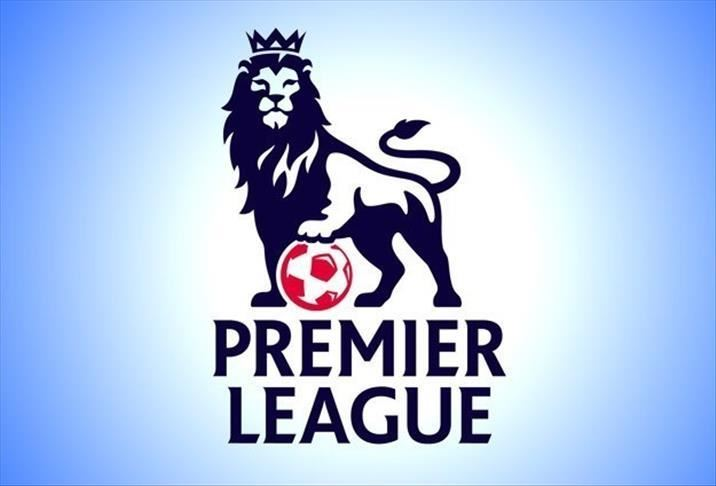YOUR
INVISIBLE TUTOR:
You are welcome, First
of all, lets discuss Sets, throughout this month, we shall be treating the
introductory part of this wonderful course, always check back for next topic.
We are all familiar
with the following collections:
I.
A collection of books in a public
library
II.
A collection of tools in a carpentry
shop
III.
A collection of historical artifacts in
a museum
Basically, any clearly
defined collection of things, objects or numbers constitutes a set. A
collection of books in a public library for instance, constitutes set. Each
member of a set is called an element
of the set.
We shall use capital
letters X, Y, Z, etc, to denote sets, while small letters x,y, z,etc will be
used to denote the elements of a set, This purely conventional; when an
element x, belong to a set X, we
write x€ X and say that x is a member or
element of X. If x is not a member or
element of X, we write x≠€ and say x does not belong to X.
Example 1
If X is the set of all prime numbers and P=7,
Then P € X, if =6, the a ≠€X.(note:≠ means not equal to)
A set is completely
specified in the following ways:
a)
By listing all the members of the set;
b)
By describing the elements of the sets
c)
By enclosing within the braces, any
general element with a clearly defined property that can be associated with the
set. The symbol {} denotes ‘the set of’
For
instance
A={2,3,5,7,},
is the set consisting of Prime numbers between 1and and 10, lists all members
of the set A
B
is the set of all odd numbers between 1 and 10 describes the elements of the
set B.
C={
all positive integer x:1< x≤ 12} is read the set of all positive integer x
such that x is greater than 1 but less than or equal to 12.


